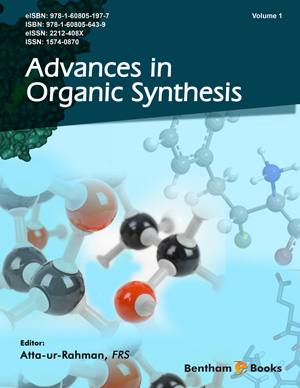Abstract
“Endohedral metallofullerenes (EMFs)”, also known as metallofullerenes,
are the hybrid molecules of spherical nanocarbons. The structure of EMFs consists of
atomic metal(s) or metal-containing clusters enclosed inside the fullerenes. These
unique EMFs have potential applications in various fields. Smalley and coworkers first
reported the EMFs in 1985 [1], soon after C60 was discovered. In this chapter, we will
discuss the computational studies carried out for the various types of EMFs and their
potential role in industrial applications. Endohedral metallofullerenes M@C44
containing several different gap atoms of scandium and titanium family are
experimentally detected. Dispersion-corrected DFT was carried out to study C44 and its
fullerene derivatives to calculate the binding properties and interactions. Results
showed that the computational and experimental studies agreed well with C44 and its
endohedral compounds. Results predicted that C44 D2
(89) isomer is suitable for
forming endohedral compounds. The binding affinity of the endohedral atom and its
enclosure showed good profusion of these clusters. The DFT studies are used to study
different characteristics of the doped C44-D2
(89) to the tri and tetra anions of empty
C44-D2
clusters. These metal−cage bonds possess partial (ionic and covalent)
interactions. The aromaticity of the cage is estimated with nucleus-independent
chemical shift (NICS(0)), as it plays a vital role in balancing the endohedral species.
Keywords: Clusters, Doping, DFT, Metallofullerenes, Interactions.






















